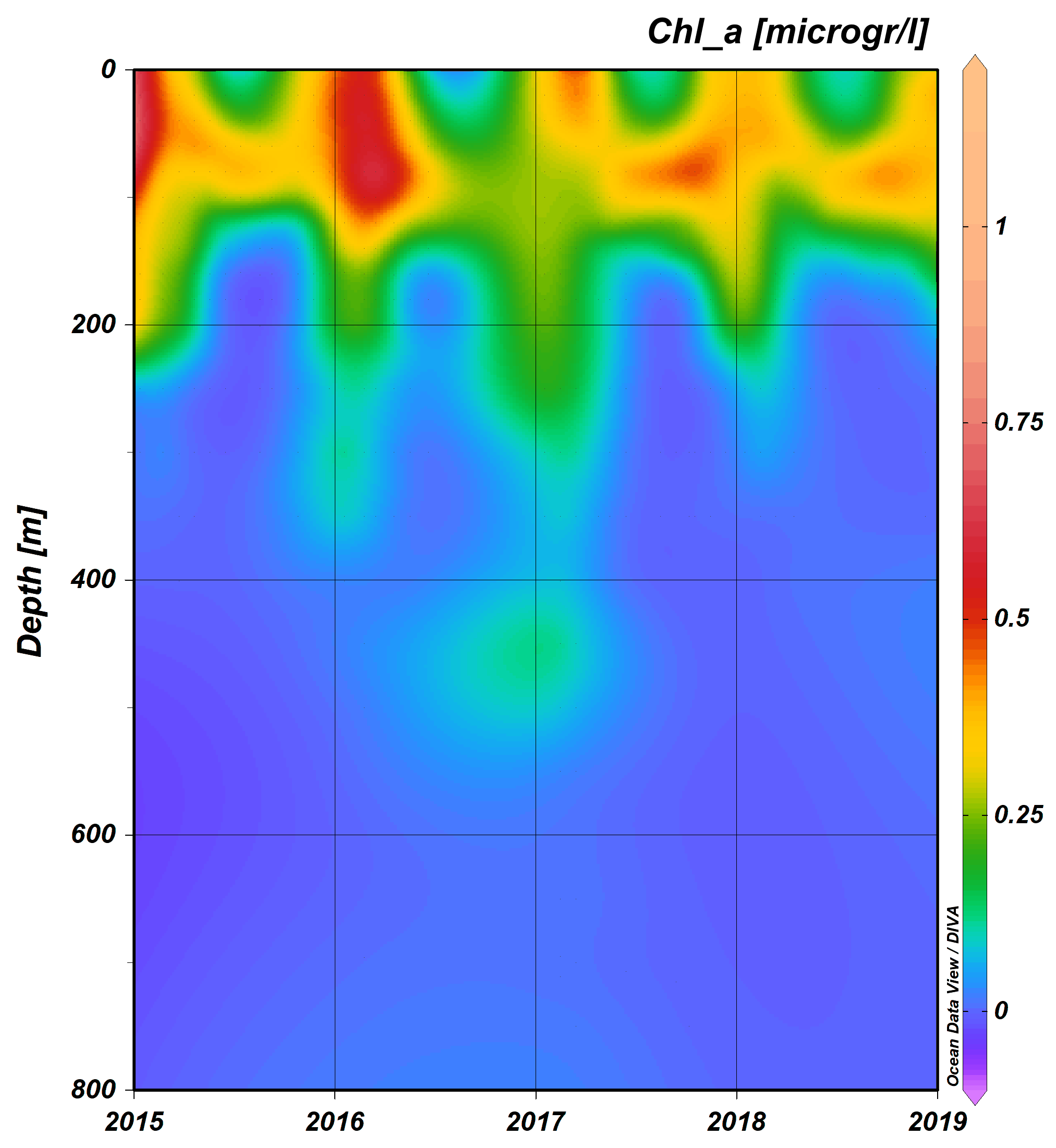
The Kranzler Lab
The Faculty of Life Sciences
Bar-Ilan University
Phytoplankton molecular ecology and biogeochemistry
In the ocean, phytoplankton experience steep gradients in environmental variables such as macronutrients, trace metals, light and temperature. These variables fluctuate over spatial and temporal scales and are increasingly influenced by anthropogenic impacts. How do phytoplankton respond to changes in their environment? What are the mechanisms that regulate cell fate, facilitating ecological success or failure? And how do these processes shape the biogeochemical cycles of macronutrients and trace metals in the ocean? We are addressing these questions using targeted studies on model organisms combined with observational and manipulative field sampling of natural phytoplankton assemblages across diverse marine environments, from coastal waters to the open ocean.

Phytoplankton host-virus interactions

With more than a million in a single drop of seawater, viruses transform ecological, evolutionary and biogeochemical processes in the ocean. Our group studies the enigmatic viruses that infect diatoms – one of the most widespread and ecologically successful groups of phytoplankton in the modern ocean. Diatoms are critical to the global carbon cycle, contributing half of the primary production and ~40% of the carbon export in the ocean. Viruses have the potential to completely transform diatom ecology and diatom-mediated biogeochemical cycling, yet we know very little about when, where and how these viruses interact with diatom populations. We are working to elucidate the cellular mechanisms the underlie diatom host-virus interactions and the ecophysiological and molecular frameworks that toggle the balance between resistance and susceptibility to virus infection.